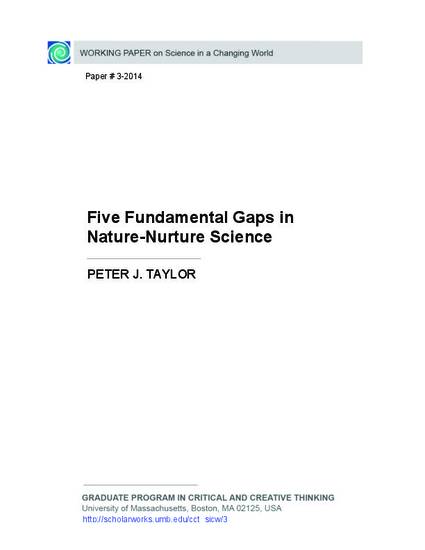
- Heritability,
- Heterogeneity,
- Measurable factors,
- Quantitative genetics,
- Variation
Difficulties identifying causally relevant genetic variants underlying patterns of human variation have been given competing interpretations. The debate is illuminated in this article by drawing attention to the issue of underlying heterogeneity—the possibility that genetic and environmental factors or entities underlying a trait are heterogeneous—as well as four other fundamental gaps in the methods and interpretation of classical quantitative genetics: "Genetic" and "environmental" fractions of variation in traits are distinct from measurable genetic and environmental factors underlying the traits’ development; Standard formulas for partitioning variation in human traits are unreliable; Methods for translation from fractions of variation to measurable factors are limited; and Variation within groups is different from variation between averages for separate groups. Given these five gaps in the estimation and interpretation of components of variance, high heritability values for traits are not a reliable basis for choosing which traits to investigate by molecular techniques; this helps explain why identification of causally relevant genetic variants has not produced the results and insights hoped for.
Available at: http://works.bepress.com/peter_taylor/16/
